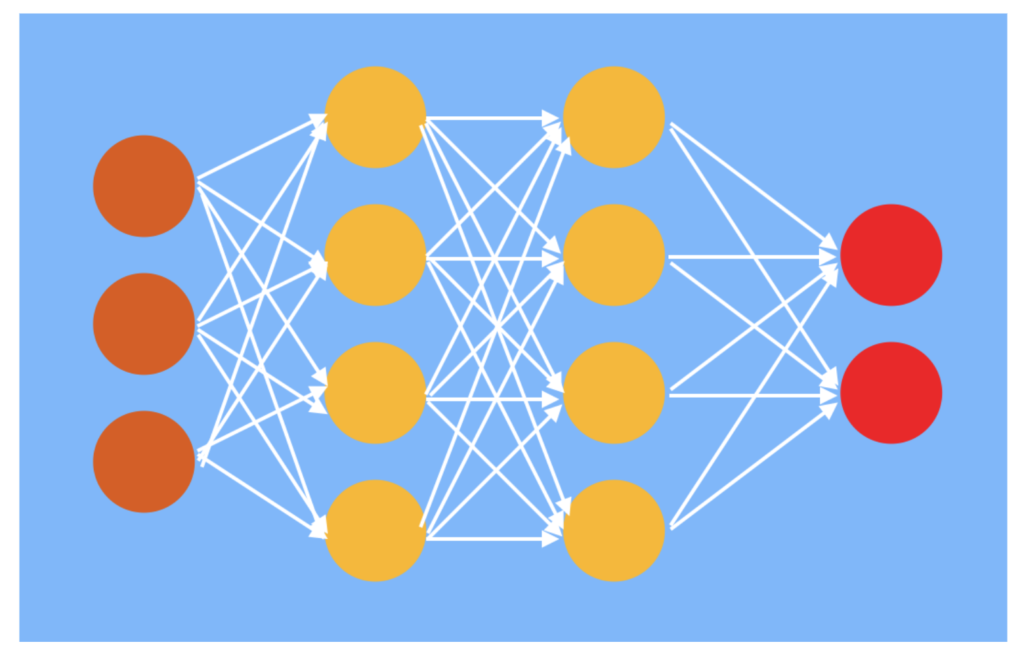Abstract
With data becoming increasingly more important in the world of machine learning and data science, researchers have developed systems known to generate data from scratch. These systems are known as Generative Adversarial Networks or GANs. This paper gives a brief and intuitive introduction and analysis over Generative Adversarial Networks and their applications.
Keywords: Generative Adversarial Network (GAN), Synthetic Data, Machine Learning
Introduction to Generative Adversarial Networks
Within the world of machine learning, we often interpolate based on large amounts of data. However, in many areas, data is generally limited. Take for example the COVID-19 crisis in 2020. Many teams built models in order to diagnose the disease; however, because the disease was new, there was very little actual data to create models for diagnosis leading to generally lower accuracies within the models. Generative Adversarial Networks aim to fix this problem.
The essence of GANs is to create data from scratch. With this power, the field of machine learning has the potential to completely be revolutionized. When looking at the name Generative Adversarial Network, one can deduce that there is a generator and an adversary that produces a network. As its name suggests, a GAN is made up of two parts: a generative model and a discriminating model.
The Generative Model
The generative model works through adding noise to a normal distribution. Lets say we are given the function G(z) = x. Where z represents the noise or distortion to a function data set and G(z) is our generative model to produce an image of x. The variable z will generally make changes to different features of our image.
So, for example, if we are given an image of a face, it will take the facial image and alter different features of the image such as the color of eyebrows. Intuitively thinking about this function, by adding a noise, z, to some piece of data, you would be altering one dimension of that piece of data. Therefore, taking facial images as an example, you would be altering one aspect of the face.
#generative-adversarial #machine-learning #computer-science #neural-networks #computer-vision
